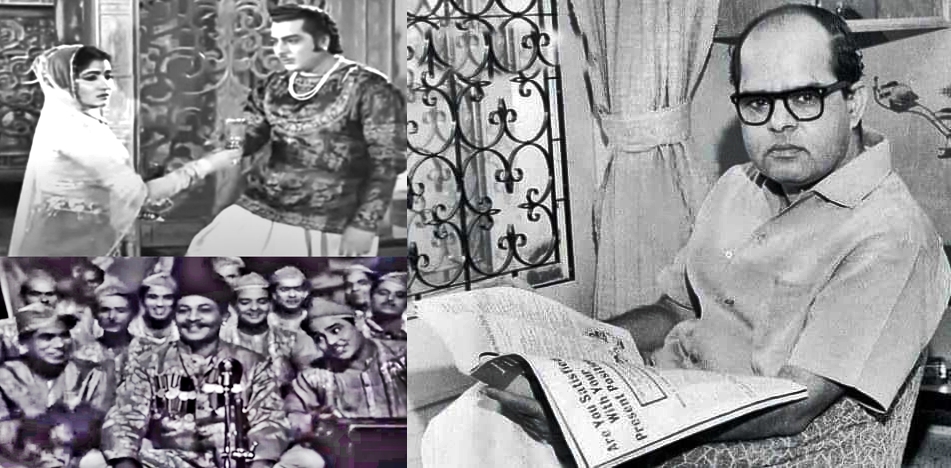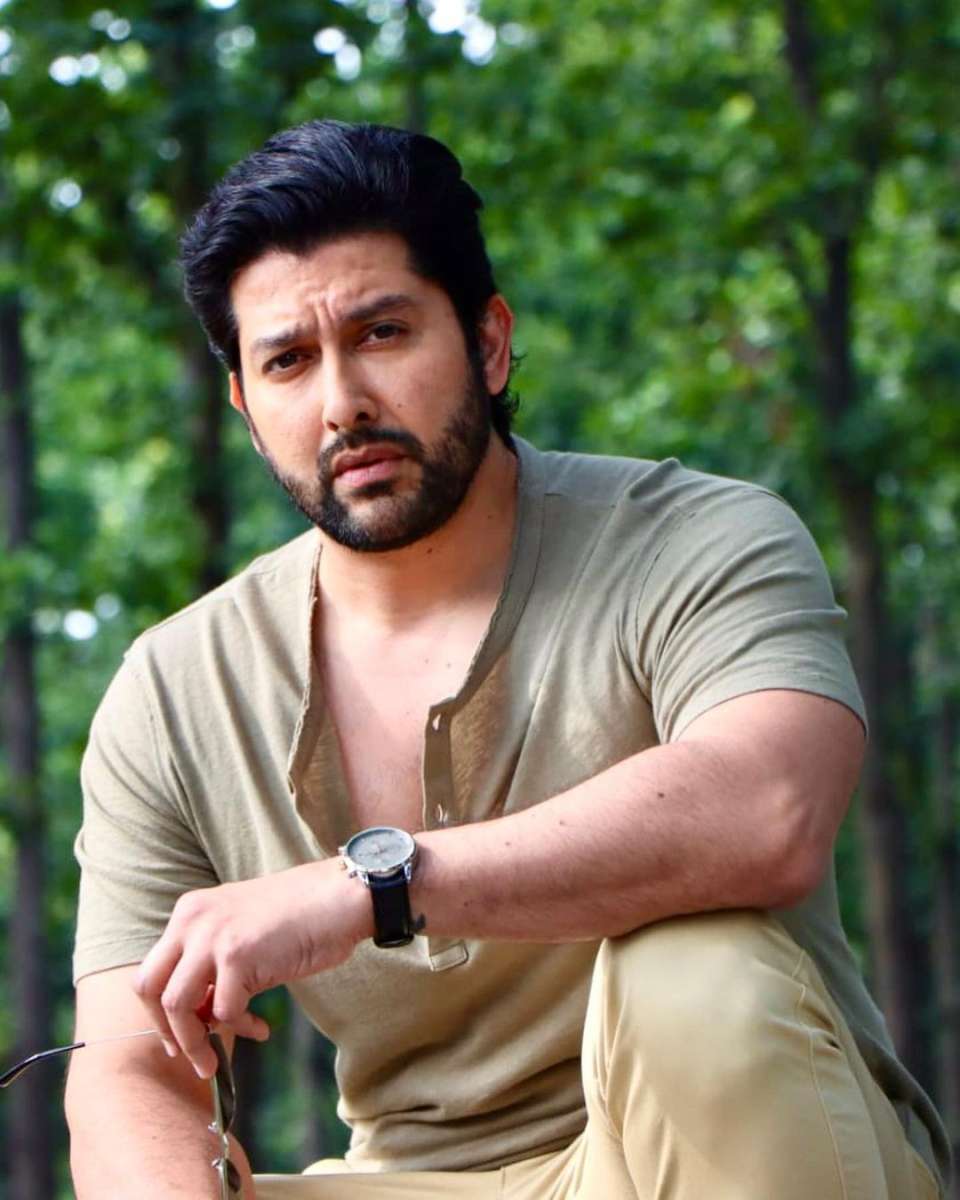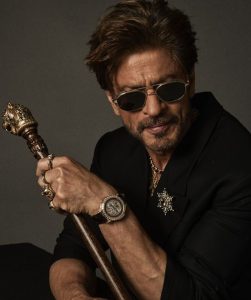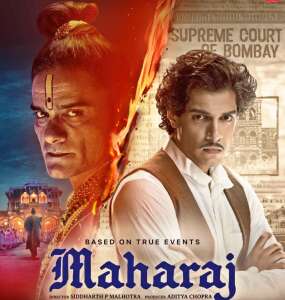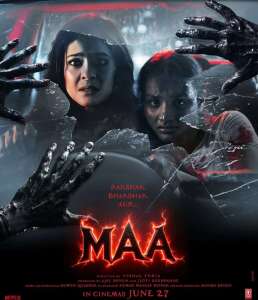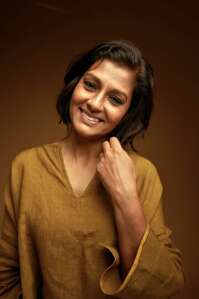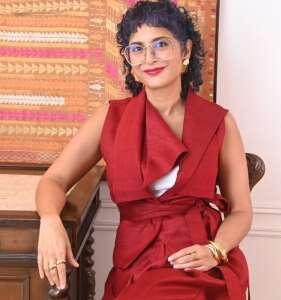Hindi films’ first female playback superstar, Shamshad Begum held her own against existing singers like the classically trained Ameerbai Karnataki and Zohrabai Ambalewali and singing actresses like Noor Jehan and Suraiya. In fact, Lata Mangeshkar and Asha Bhosle, who were emerging then, were counselled to sing in her style…writes Vikas Datta
Her influence persists in Bollywood even after her name has faded from public memory, althrough remixes of her rollicking hits from the 1950s continue to be in circulation. Another, and not that well-known, legacy of Shamshad Begum, though, was initiating what later became “item numbers”, though her contributions were more perky than provocative, saucy than raunchy, and racy without being ribald.
And then, they were delivered in a robust voice, whose clarity was compared to a temple bell by composer O.P. Nayyar, with a full-blown gusto and sense of abandon.
“Udan khatole pe udh jaaun” (“Anmol Ghadi”, 1946), “Mere piya gaye Rangoon” (“Patanga”, 1949), “Kabhi aar kabhi paar” (“Aar Paar”, 1954), “Bisvi sadi hai ye bisvii sadi” (“Chaalis Baabaa Ek Chor”, 1954), “Leke pehla pehla pyar”, “Kahin pe nigahen kahin pe nishana”, and “Boojh mera kya naam re” (“CID”, 1956) are prime examples.
And then, nearly forty years before Madhuri Dixit in “Tezaab” (1988), Shamshad Begum, who was born on this day (April 14) in 1919 and passed away days after her 94th birthday in 2013, had already made the nation count “Ek do teen…”, in Raj Kapoor’s “Awara” (1951).
However, she was not just the singer for these foot-tapping but peripheral songs, but also the voice of many heroines, as songs like “Mohan ki muraliya baaje” (“Mela”, 1948), “Milte hi aankhen dil hua deewana kisi ka” (“Babul”, 1950), “Saiyan dil mein aana re” (“Bahar”, 1951), “Door koi gaye dhun ye sunaye” (“Baiju Bawra”, 1952), and many more show.
Hindi films’ first female playback superstar, Shamshad Begum held her own against existing singers like the classically trained Ameerbai Karnataki and Zohrabai Ambalewali and singing actresses like Noor Jehan and Suraiya. In fact, Lata Mangeshkar and Asha Bhosle, who were emerging then, were counselled to sing in her style.
Shamshad Begum’s musical abilities were recognised at school, where her principal made the five-year-old lead prayers. She sang at religious and family functions, though her conservative family was not very keen, given the prevailing norms, her daughter Usha Ratra had told IANS soon after her mother’s demise.
However, her father’s younger brother, who was fond of music, paved her way, taking her, aged 11, to an audition with Lahore-based music composer Ghulam Haider, who was so impressed with her that he signed her for a gramophone record. More importantly, her uncle also convinced her father to let her go ahead.
However, her father imposed two conditions – that she would be veiled while recording and never photographed and Shamshad Begum duly honoured them – for many decades later, there wasn’t a single photograph of her.
She came to public notice in 1937 when she was chosen to sing on All India Radio in Peshawar and Lahore. Legendary filmmaker Mehboob Khan was instrumental in beginning her film career, convincing her family, especially her father, to let her move to Bombay, offering to provide all facilities for her family.
She hit it big right with her first film – murder mystery “Khazanchi” (1941), and then “Taqdeer” (1943), the debut of Nargis. She was eagerly sought after and several composers including Naushad, Nayyar and S.D.Burman, owed their rise to her willingness to sing for them when they were trying to gain a foothold.
With no classical training, Shamshad Begum had no restrictions in singing full force but she never neglected rhythm and diction – take the famous “Kabhi aar kabhi paar”, where she speeds up her tempo in the antaras and slows down a shade to emphatically deliver the punch lines: “..Luta chain qarar”, “… Hothon par takrar” and finally “…Ab to ho gaya pyar”.
Then there is “Aana meri jaan Sunday ke Sunday” (“Shehnai”, 1947), where she provides the homespun voice to the mock Anglicised versions of C. Ramchandra and Meena Kapoor.
While she maintained her position amid the rise of Lata Mangeshkar, Asha Bhosle, et al, the death of her husband Ganpat Lal Batto – whom she married in 1934 despite family opposition to the inter-faith marriage – in an accident in 1955, led her to withdraw from singing.
Naushad and Nayyar did manage to coax her back for songs like “Holi aayi re kanhaai” (“Mother India”, 1956), “Reshmi salwar kurta” (“Naya Daur”, 1957) and “Teri mehfil mein qismat” (“Mughal-e-Azam”, 1960), but then, she quit for good – only making a brief comeback to render “Kajra mohabbatwala” (“Kismat”, 1968), a duet where she proved her voice had not lost any vigour.
She spent the rest of her life with her daughter, coming back into the limelight in 2004 when there were reports that she had passed away.
Belated recognition followed as she was conferred the Padma Bhushan in 2009, and a special series of India Post stamps of 10 popular singers in 2016 had her as one of the only two women – along with Geeta Datt.
ALSO READ-U=Me: Umesh Kulkarni’s Latest Short Film Takes on AIDS Stigma’



